
This, and other events are listed in our updated Whats On page. To add an event, please use the contact form.
Later in the month our Re:Tweets of the Day continue with a bird that ranches insects and that inspired an 11-year old composer back in the 1890s. We will hear a more recent work the evokes the sounds of its subtropical forest habitat. Stay tuned!
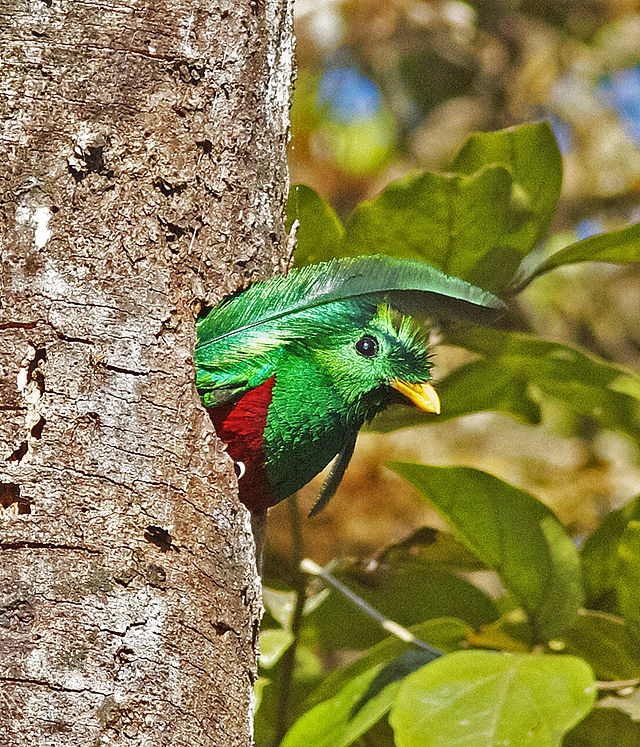
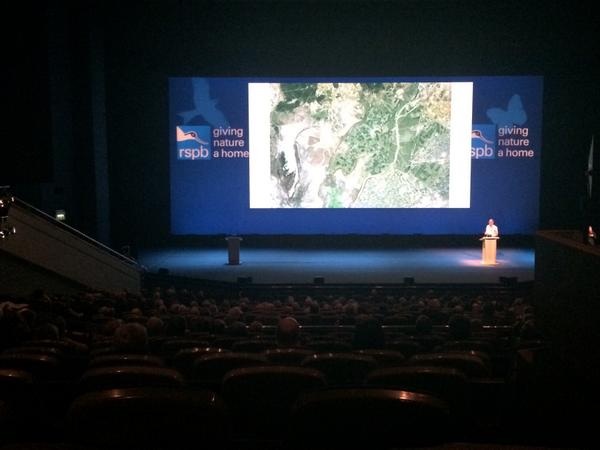
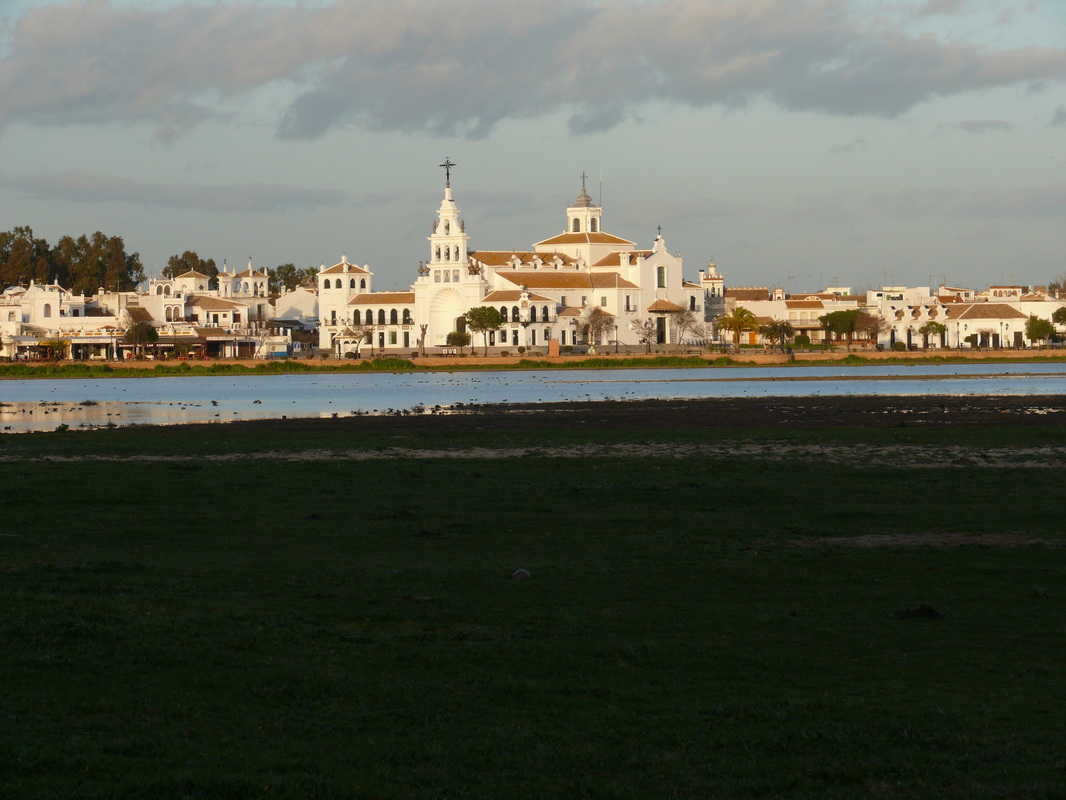
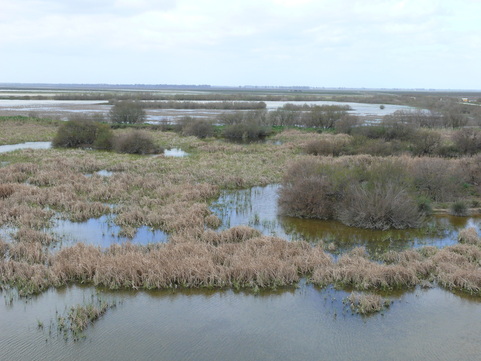
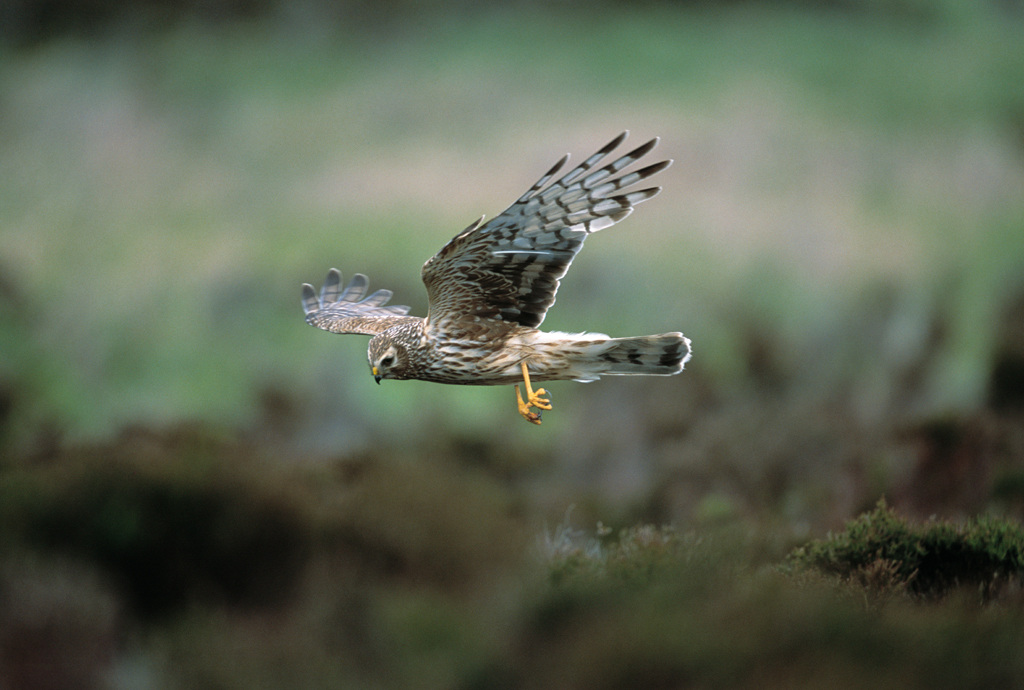
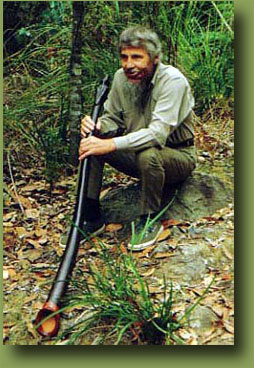

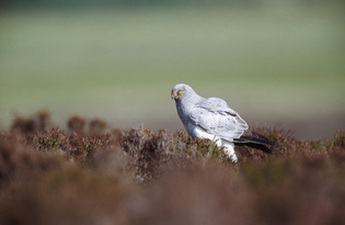
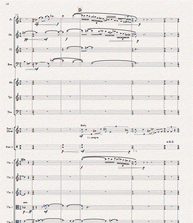
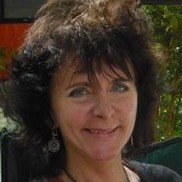
 RSS Feed
RSS Feed
